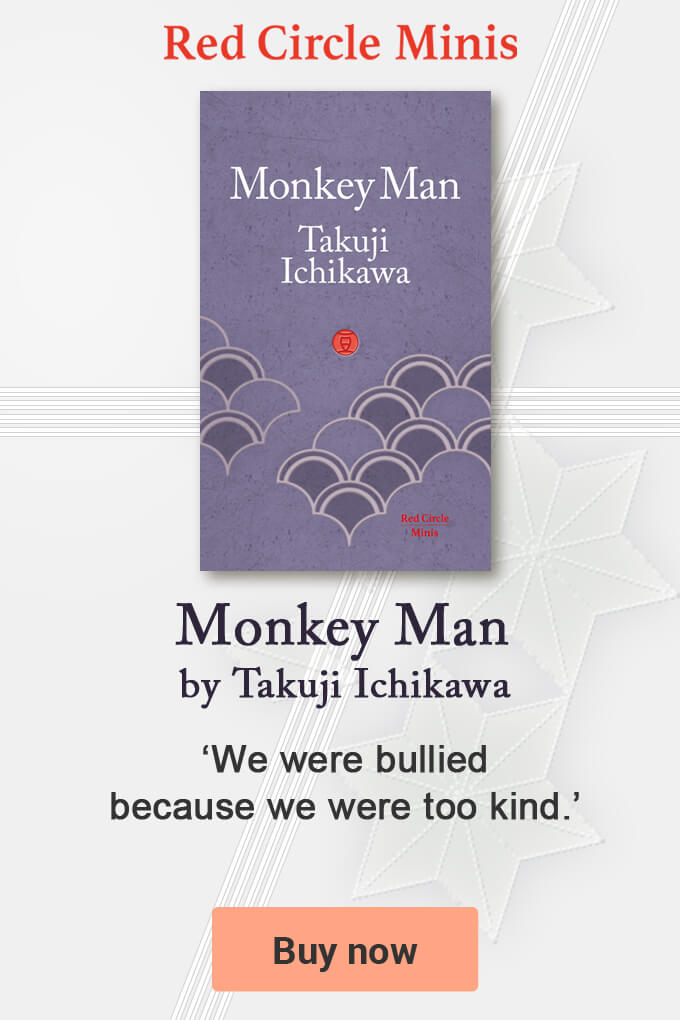William George Aston (1864-1912) was an early pioneer in the fledgling fields of Japanese language study and Japanese history and literature. He was also a diplomat, and started his Japan related career as a student interpreter at the British Legation, as the British Embassy in Japan was known then, in 1864.
This was just before the start of Japan’s Meiji Ear (1868-1912), a period of rapid modernisation during which Japan started opening up to the West. Very little was known about Japanese culture outside Japan at this time.
Alongside Ernest Mason Satow (1843-1929) and Basil Hall Chamberlain (1850-1935), Aston was considered one of three major British 19th century Japanologists.
He wrote several books including his 1869 A Short Grammar of the Japanese Spoken Language and was the first translator into English of Nihon Shoki, The Chronicles of Japan, one of Japan’s oldest books.
Aston also published in 1899 a book titled A History of Japanese Literature, in which he writes:
“A feature which strikingly distinguishes the Japanese poetic muse from that of western nations is a certain lack of imaginative power. The Japanese are slow to endow inanimate objects with life.”
“Abstract words are comparatively few, and it does not occur to the Japanese poet (or painter) to represent Truth, Justice, and Faith, as comely damsels in flowing robes, or to make Love a chubby naked boy with wings and a bow and arrows.
“It is not confined to poetry, or even literature, but it is profoundly characteristic of their whole mental attitude, showing itself in their grammar, which is sparing of personal pronouns; in their art, which has no school of portrait painting or monumental sculpture worth mentioning; in late and imperfect development of drama; and in their religious temper; with its strong bent towards rationalism, and its hazy recognition of a ruling personal power in the universe.
“To their minds things happen, rather than are done; the tides of fate are far more real to them than the strong will and the endeavour which wrestles with them. The significance of this fact in regard to the moral and psychological development of these races may be left to others to determine. It is sufficient here to note its influence on the literature, and especially on poetry.”
Perhaps these views reflect the times and the lack of existing Western scholarship in the field and access to a large number of existing works of Japanese poetry and literature in translation.
It might also reflect the very notion of what a poem is, with the word in English originally meaning ‘composition in verse’ while the function of a Japanese poem is said to be the capture and recording of something observed, often fleeting, in prose that subsequently conjures up the imagination.
Whatever the reasons, the next generation of Western commentators, in the 1920s for example, had different views with some arguing that the role nature played in Japanese literature, poetry and culture was special, and had a longer history of possessing such a pivotal position than in European countries, for example.
Some even writing that it (Japanese poetry) and haiku in particular had the “purity of a work of art, a work which rose at times to the height of the religious”.
Some early pioneering 19th century experts on Japanese literature looked down on the creative merits of Japanese poetry and the nation’s poets
[UPDATED: 3-1-2023]
© Red Circle Authors Limited
Some early pioneering 19th century experts on Japanese literature looked down on the creative merits of Japanese poetry and the nation’s poets
Posted by

